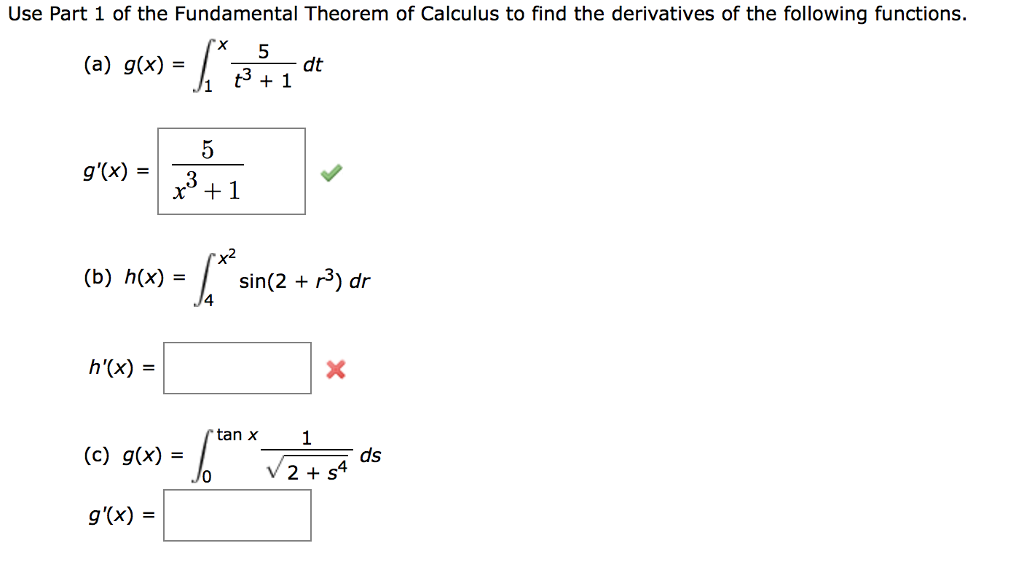
If there is an antiderivative F of the function in the interval, then the definite integral of the function is the difference between the values of F, i.e., F(b) – F(a). The definite integral of a function can be described as a limit of a sum. The function of a definite integral has a unique value. ‘a’ indicates the upper limit of the integral and ‘b’ indicates a lower limit of the integral. of the equation indicates the integral of f(x) with respect to x. The second fundamental theorem of calculus states that, if the function “f” is continuous on the closed interval, and F is an indefinite integral of a function “f” on, then the second fundamental theorem of calculus is defined as: Second Fundamental Theorem of Integral Calculus (Part 2) Here, the F'(x) is a derivative function of F(x). Then F is uniformly continuous on and differentiable on the open interval (a, b), and F'(x) = f(x) ∀ x ∈(a, b) Let F be the function defined, for all x in, by: Let f be a continuous real-valued function defined on a closed interval. Statement: Let f be a continuous function on the closed interval and let A(x) be the area function. From this, we can say that there can be antiderivatives for a continuous function. It affirms that one of the antiderivatives (may also be called indefinite integral) say F, of some function f, may be obtained as integral of f with a variable bound of integration. The first part of the calculus theorem is sometimes called the first fundamental theorem of calculus.

Assuming that the values taken by this function are non- negative, the following graph depicts f in x.Ī(x) is known as the area function which is given as ĭepending upon this, the fundamental theorem of Calculus can be defined as two theorems as stated below:įirst Fundamental Theorem of Integral Calculus (Part 1)

is the area that is bounded by the curve y = f(x) and the lines x = a, x =b and x – axis depicts the area of the region shaded in brown where x is a point lying in the interval. The integral of f(x) between the points a and b i.e. Let’s consider a function f in x that is defined in the interval. In this article, let us discuss the first, and the second fundamental theorem of calculus, and evaluating the definite integral using the theorems in detail. The fundamental theorem of calculus justifies the procedure by computing the difference between the antiderivative at the upper and lower limits of the integration process. The fundamental theorem of calculus is a theorem that links the concept of integrating a function with that of differentiating a function.


 0 kommentar(er)
0 kommentar(er)
